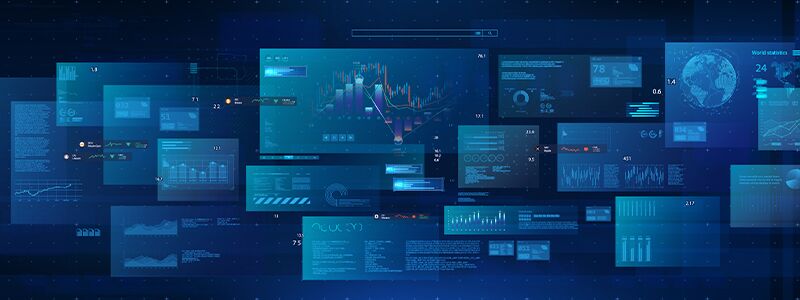What is an EDI 858 Shipment Information?
EDI 858 transaction set enables the sender to transmit the bill-of-lading in detail, ranking, and information of scheduling relevant to a shipment.
The transaction set also helps in exchanging the Transportation Control & Movement Documents (TCMDs), the Government Bill of Lading (GBL), the Personal Property Government Bills of Lading (PPGBL), and also the Commercial Bills of Lading (CBL). The transaction set may also be used by the United States Civilian Government, the United States Department of Defense or any of the trading partners for exchanging information regarding shipment’s freight, passengers, or household commodities. EDI 858 complies with the requirement of the information as established by the United States Government rules and regulations of transportation movement.
The data contents and format of EDI 858 Shipment Information are used for the electronic interchange of information. It is divided into various segments and data elements.
Workflow for the Exchange of an EDI 858 Shipment Information
EDI 858 falls under the category of X12I Transportationransaction set. This transaction set transmits the bill-of-lading in detail, ranking and/or the scheduling information which is crucial for a shipment. EDI 858 exchanges the Transportation Control & Movement Documents, the Government Bill of Lading, the Personal Property Government Bills of Lading, and also the Commercial Bills of Lading. It also transmits the information regarding shipment’s freight, passengers or household goods which can be highly useful for the United States Civilian Government, the United States Department of Defense or any of the trading partners.
Stay EDI Compliant with EDIConnect
Simplifying the process of sending and receiving EDI messages, EDIConnect is designed for handling all X12 and EDIFACT transaction sets. Featuring a built-in translator, validator, and transaction builder, EDIConnect aids communication between trading partners, as well as helps them streamline the process of information exchange through a process orchestration.


